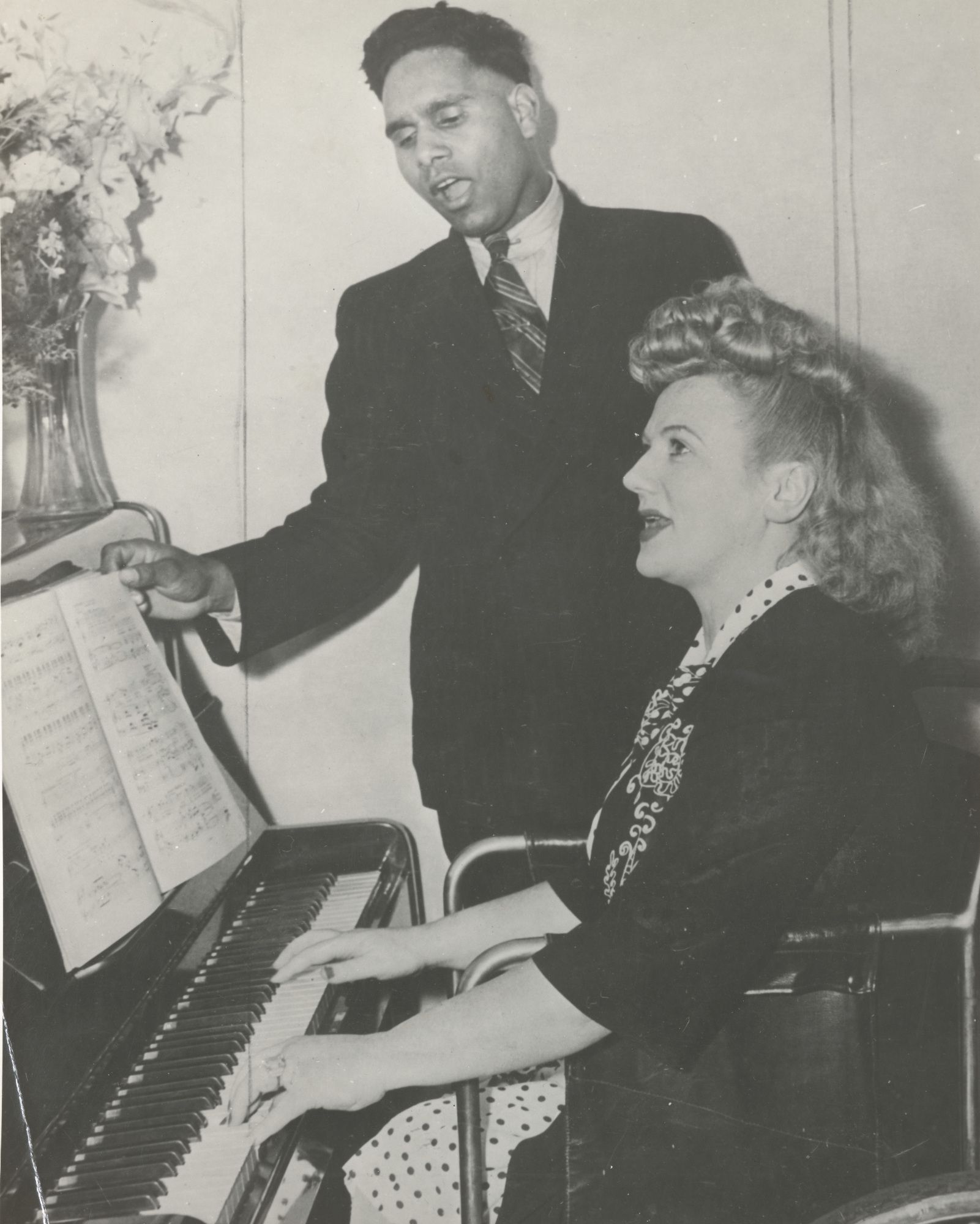‘Gii, Gundhi (Hearts and Homes)’
A single song can have a thousand meanings depending on its interpreter. Yuwaalaraay storyteller and musician Nardi Simpson shares her version of a 19th-century parlour song.
Many of the music scores found at Rouse Hill Estate were extremely popular across NSW during the 19th century. Unknown today, the song ‘Hearts and Homes’ by Charlotte Young (words) and John Blockley (music) is recorded in newspapers and family music collections at least as far north as the Clarence River area, and further south in the Hunter Valley, Sydney, Rouse Hill, Goulburn and Wagga Wagga. These early songs permeated the soundscape of homesteads and towns and, inevitably, the country of First Nations.
Nardi Simpson is deeply involved in the making and sharing of culture in both her Sydney and Yuwaalaraay communities and she responds to ‘Hearts and Homes’ in her own language. She adds her voice to the sound waves of the past, joining all those who sang or maybe just heard this song over many decades across NSW:
Hearts and Homes sweet words of pleasure,
Gii, gundhi, gaba gaay
Music breathing as ye fall.
Yugal buliirral-da-nha, ngali bandaa-waa-nha
Making each the others treasure,
Burranba-y-la-nha nginda warrangal
Once divided losing all.
Gi-gila-nha mulan, ngali wanggarra-y-la-nha
(Becoming half we are lost)
Nardi has also added her own verse as a repeated response with which she frames Charlotte Young’s original words:
I am without a home
Gundhi-dhalibaa ngaya
Taken it.
Manuma-y-nha
In creating her performance of this work, Nardi experimented with accompanying herself on dulcimer and then guitar before thinking of the onomatopoeic word for ‘heart’ in the Darug language, ‘Butbut’. Referencing the possum skin drumming of her Yuwaalaraay ancestors, Nardi accompanies herself with a firm, steady beat on wallaby hide.
Nardi has created an entirely new work and so this video is unique.
Below we have shared another version of ‘Hearts and Homes’ from House Music at Your House made by Nicole and James Forysth as well as examples of the interpretive power of Nardi and Kaleena Briggs in their group Stiff Gins.
Webinar
![[Collection of pencil and watercolour sketches, photographs and ephemera related to the Rouse family of Rouse Hill House] / Thomas Wingate [pictorial material]](https://images.mhnsw.au/fotoweb/embed/2024/06/0567f8c50f23494185819ef9578e183d.jpg)
House Music at Your House webinar
A new musical experiment aiming to bring the music of the 19th century into the 21st century
Published on
Related
![[Sydney from the north shore], Joseph Lycett, 1827.](https://cdn.sanity.io/images/zl9du87e/production/efb0ca986f6e159dd142f8014c35c3b1010cbc06-1346x908.jpg?fit=max&auto=format)
Hearing the music of early New South Wales
A new website documents an exciting partnership between Museums of History NSW and the University of Sydney in an exploration of Indigenous song and European settler vocal and instrumental music in early colonial NSW

Dressing Joan Sutherland
One of the most spectacular costumes on display in the exhibition The People’s House: Sydney Opera House at 50 is an extraordinary Renaissance dress designed by Kristian Fredrikson and worn by Dame Joan Sutherland in the part of the notorious Lucrezia Borgia

First Nations
Paving the way ... Harold Blair: The first Aboriginal opera singer
A short documentary that offers a glimpse into the life of Harold Blair, a world-renowned tenor, family man and political campaigner who sought social justice and human rights for Australia’s First Nations people

First Nations
Harold Blair, trailblazer
Wulli Wulli tenor Harold Blair AM was Australia’s first professionally trained Aboriginal opera singer